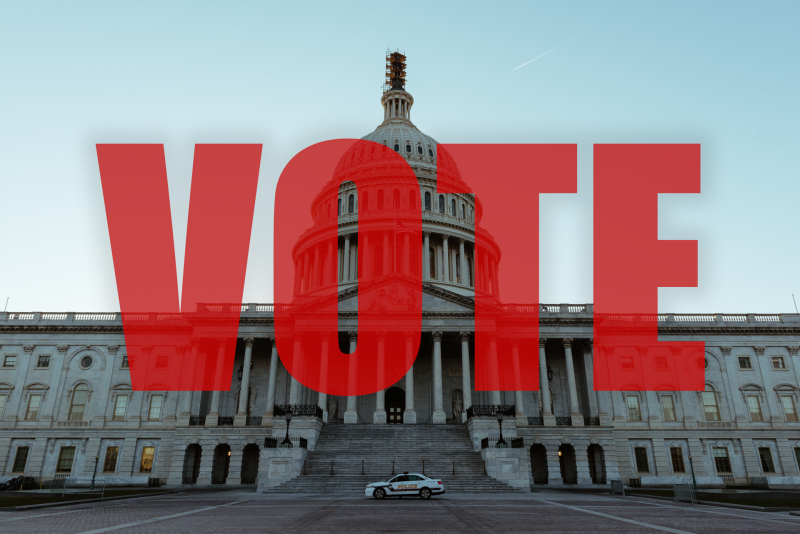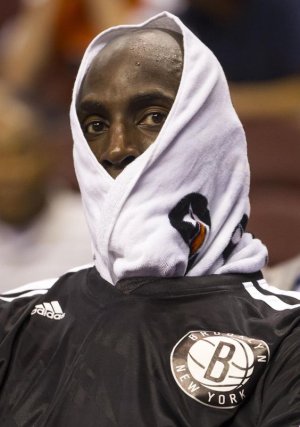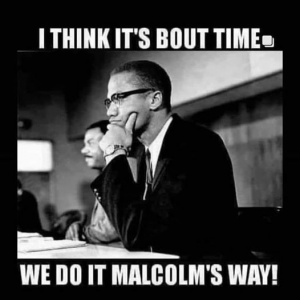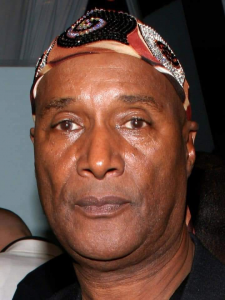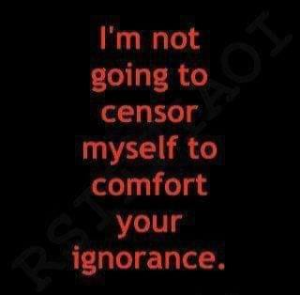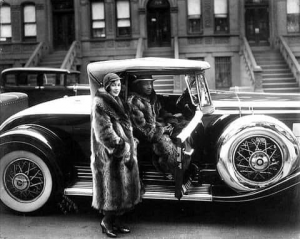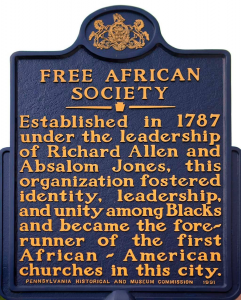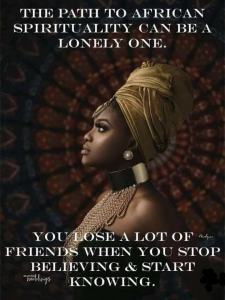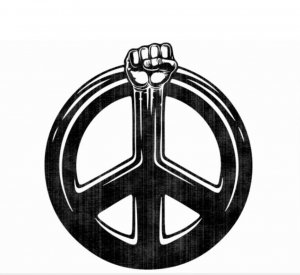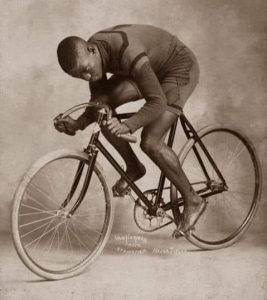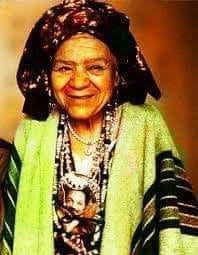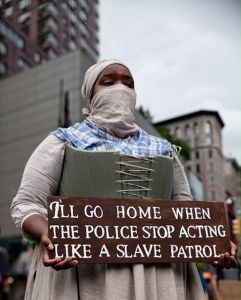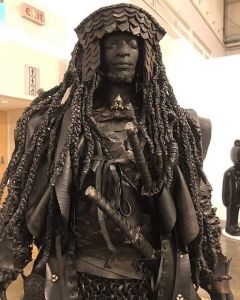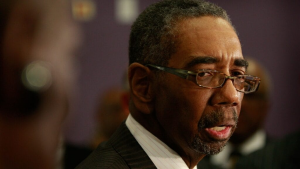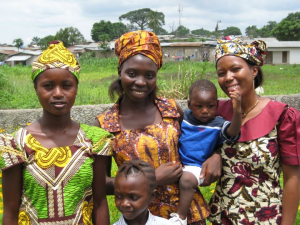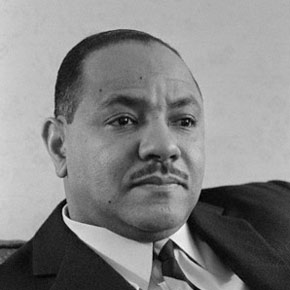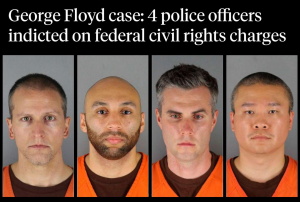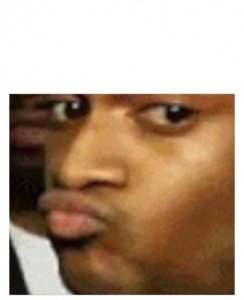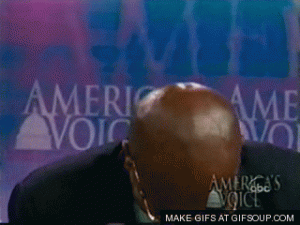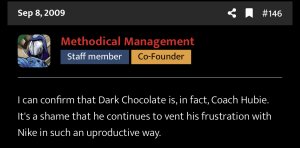- 10,957
- 19,975
- Joined
- Dec 13, 2018
The Devil’s Punchbowl is a place located in Natchez, Mississippi where during the Civil War; authorities forced tens of thousands of freed slaves to live into concentration camps. Westbrook adds that, “The union army did not allow them to remove the bodies from the camp. They just gave ’em shovels and said bury ’em where they drop.”
According to researcher Paula Westbrook, she researched through Adams County Sheriff’s reports from the time.
“When the slaves were released from the plantations during the occupation they overran Natchez. And the population went from about 10,000 to 120,000 overnight,” Westbrook said.

Was The Devil’s Punchbowl A U.S. Concentration Camp for Black Slaves?
In an investigative story reported by WJTV News Channel 12 out of Jackson, Mississippi, “Mass Graves Remain in The Devil’s Punchbowl of Natchez.” The Devil's Punchbowl is a place located in Natchez, Mississippi where during the Civil War; authorities forced tens of thousands of freed slaves to...

















